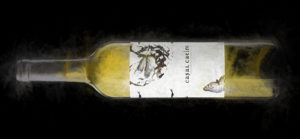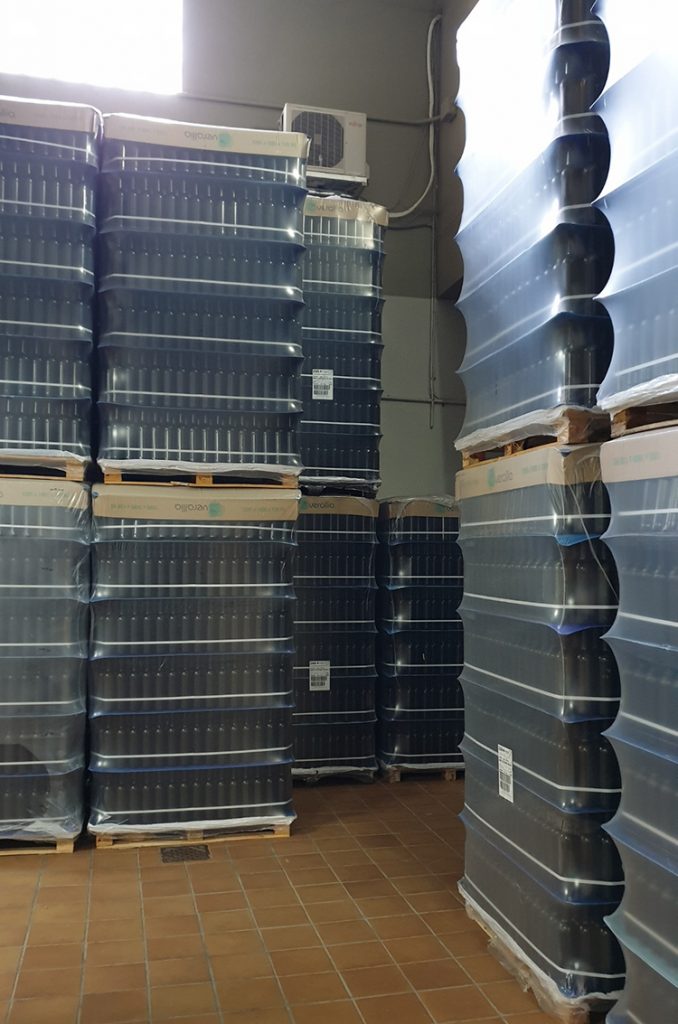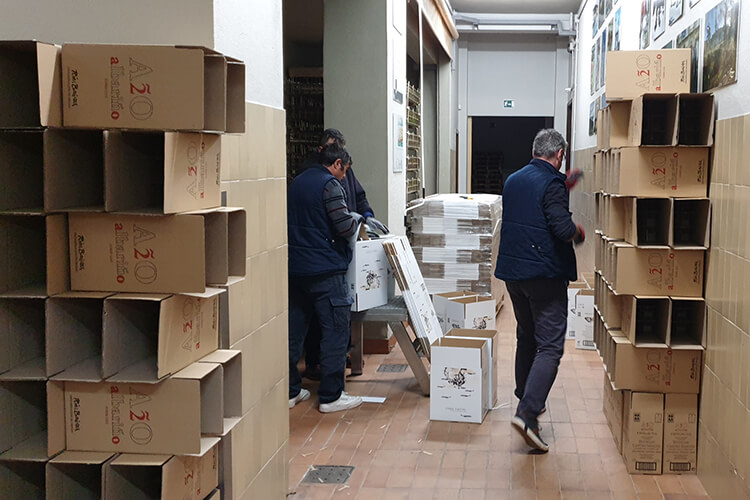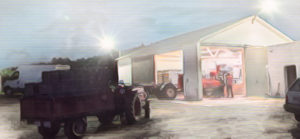[:en] The shocking fact is that for less expensive wines, the cheapest element of the price that you pay is for the wine itself – the actual 75cl of white, pink or red liquid in your bottle! When you consider the amount of effort that goes into producing a single bottle (from growing the fruit, harvesting, converting it into wine, bottling it and packaging it), the fact that this can actually represent just a tiny fraction of what you pay is really a bit of a scandal (speaking from a wine producers point of view, of course)!
The shocking fact is that for less expensive wines, the cheapest element of the price that you pay is for the wine itself – the actual 75cl of white, pink or red liquid in your bottle! When you consider the amount of effort that goes into producing a single bottle (from growing the fruit, harvesting, converting it into wine, bottling it and packaging it), the fact that this can actually represent just a tiny fraction of what you pay is really a bit of a scandal (speaking from a wine producers point of view, of course)!
I guess that the same could be said for any number of products that you might find in your weekly shopping basket – we are after all, simple fruit farmers. The only difference being that we take the production one step further by fermenting the fruit into alcohol. And thereby lies the key word….. Alcohol!
The moment that the bottles and pallets leave our door is when the costs start to mount up. Transport and shipping I have already mentioned, but once our wine crosses the Spanish border, it immediately become liable for the duties and taxes of the importing country. It’s only when you start to examine these additional levies a bit more closely, that you see the cost of a bottle really beginning to accelerate.
When goods eventually arrive at their destination then they can also attract further warehousing and handling costs. Depending on the type of customer, they could then attract further, onward distribution costs even before they arrive anywhere near a consumer.
Now we can finally talk profit! Of course the wine producer himself has already extracted a very modest cut, and then the importer will add a further margin before passing the bottles on to a retailer or restaurant. Of course the profits made by shops and restaurants are already well documented, and it is probably better that I don’t comment at all – suffice to say that these can be quite “healthy”.
The net result is that with all the handling, distribution, taxes and duties etc., a very modestly priced wine can end up being quite a bit more expensive. A very frightening calculation (working backwards), is that a bottle sold in the UK for around £5.00 leaves almost nothing at all for the cost of the wine itself![:es]The shocking fact is that for less expensive wines, the cheapest element of the price that you pay is for the wine itself – the actual 75cl of white, pink or red liquid in your bottle! When you consider the amount of effort that goes into producing a single bottle (from growing the fruit, harvesting, converting it into wine, bottling it and packaging it), the fact that this can actually represent just a tiny fraction of what you pay is really a bit of a scandal (speaking from a wine producers point of view, of course)!
I guess that the same could be said for any number of products that you might find in your weekly shopping basket – we are after all, simple fruit farmers. The only difference being that we take the production one step further by fermenting the fruit into alcohol. And thereby lies the key word….. Alcohol!
The moment that the bottles and pallets leave our door is when the costs start to mount up. Transport and shipping I have already mentioned, but once our wine crosses the Spanish border, it immediately become liable for the duties and taxes of the importing country. It’s only when you start to examine these additional levies a bit more closely, that you see the cost of a bottle really beginning to accelerate.
When goods eventually arrive at their destination then they can also attract further warehousing and handling costs. Depending on the type of customer, they could then attract further, onward distribution costs even before they arrive anywhere near a consumer.
Now we can finally talk profit! Of course the wine producer himself has already extracted a very modest cut, and then the importer will add a further margin before passing the bottles on to a retailer or restaurant. Of course the profits made by shops and restaurants are already well documented, and it is probably better that I don’t comment at all – suffice to say that these can be quite “healthy”.
The net result is that with all the handling, distribution, taxes and duties etc., a very modestly priced wine can end up being quite a bit more expensive. A very frightening calculation (working backwards), is that a bottle sold in the UK for around £5.00 leaves almost nothing at all for the cost of the wine itself![:]











